 Image 1 of 10
Image 1 of 10

 Image 2 of 10
Image 2 of 10

 Image 3 of 10
Image 3 of 10

 Image 4 of 10
Image 4 of 10

 Image 5 of 10
Image 5 of 10

 Image 6 of 10
Image 6 of 10

 Image 7 of 10
Image 7 of 10

 Image 8 of 10
Image 8 of 10

 Image 9 of 10
Image 9 of 10

 Image 10 of 10
Image 10 of 10











A Strut Clock in The Manner of Thomas Cole by Howell, James & Co.
This beautiful desk timepiece is a rare strut clock, in the form of a gilded scallop shell, with an engine turned silvered roman dial set behind a bevelled glass with distinctive fleur de lis hands. The the fine movement has an excellent lever escapement. Signed on the back Howell, James & Co and numbered 283, we can date this clock to 1860-1870 based on exhibition catalogues.
This clock may well have been a love token or engagement gift, the scallop shell being a symbol of Venus, Goddess of Love, and would make the perfect romantic gift.
The partnership of Howell and James was founded in 1819 by James Howell and Isaac James. Originally silk merchants and retail jewellers, they were based at 5, 7 and 9 Regent Street, London. Isaac James left the partnership in 1838, with James Howell, Henry Gillett, Thomas Stroud and William Sedgwick continuing the business under the name of Howell, James & Co.
Howell, James & Co exhibited at the Great Exhibition of 1851 and the International Exhibition of 1862 to great fanfare, they exhibited similar strut clocks to this model. Enjoying heightened success, they opened further display rooms at their premises on Regent Street in 1860. In 1884, the remaining partners, Thomas Buxton Morrish, John Gow and Josiah Willey dissolved the business; it became a limited company and their name changed to Howell & James Ltd. The company was finally closed in 1911.
The two Cole brothers, James Ferguson (1798- 1880) and his younger brother Thomas (1800-1864) made an indelible mark on English horology in the 19th century. J.F.Cole has been dubbed 'The English Breguet' because of the exceptional watches and travelling clocks he produced. Thomas was awarded a medal for "excellence of taste and design" in the 1862 London Exhibition, and the leader of the jury, Charles Frodsham wrote "nothing could exceed the beauty of design and good taste of the varied models and general excellence of workmanship." As well as signing his own name, Thomas was happy to supply various high class retailers including Howell, James &Co.Most of Thomas's output was concentrated on his strut timepieces, usually less than 6 or 7 inches in height.
This clock comes with our two year guarantee.
11.5cm H x 12.5cm W x 12cm D
This beautiful desk timepiece is a rare strut clock, in the form of a gilded scallop shell, with an engine turned silvered roman dial set behind a bevelled glass with distinctive fleur de lis hands. The the fine movement has an excellent lever escapement. Signed on the back Howell, James & Co and numbered 283, we can date this clock to 1860-1870 based on exhibition catalogues.
This clock may well have been a love token or engagement gift, the scallop shell being a symbol of Venus, Goddess of Love, and would make the perfect romantic gift.
The partnership of Howell and James was founded in 1819 by James Howell and Isaac James. Originally silk merchants and retail jewellers, they were based at 5, 7 and 9 Regent Street, London. Isaac James left the partnership in 1838, with James Howell, Henry Gillett, Thomas Stroud and William Sedgwick continuing the business under the name of Howell, James & Co.
Howell, James & Co exhibited at the Great Exhibition of 1851 and the International Exhibition of 1862 to great fanfare, they exhibited similar strut clocks to this model. Enjoying heightened success, they opened further display rooms at their premises on Regent Street in 1860. In 1884, the remaining partners, Thomas Buxton Morrish, John Gow and Josiah Willey dissolved the business; it became a limited company and their name changed to Howell & James Ltd. The company was finally closed in 1911.
The two Cole brothers, James Ferguson (1798- 1880) and his younger brother Thomas (1800-1864) made an indelible mark on English horology in the 19th century. J.F.Cole has been dubbed 'The English Breguet' because of the exceptional watches and travelling clocks he produced. Thomas was awarded a medal for "excellence of taste and design" in the 1862 London Exhibition, and the leader of the jury, Charles Frodsham wrote "nothing could exceed the beauty of design and good taste of the varied models and general excellence of workmanship." As well as signing his own name, Thomas was happy to supply various high class retailers including Howell, James &Co.Most of Thomas's output was concentrated on his strut timepieces, usually less than 6 or 7 inches in height.
This clock comes with our two year guarantee.
11.5cm H x 12.5cm W x 12cm D
